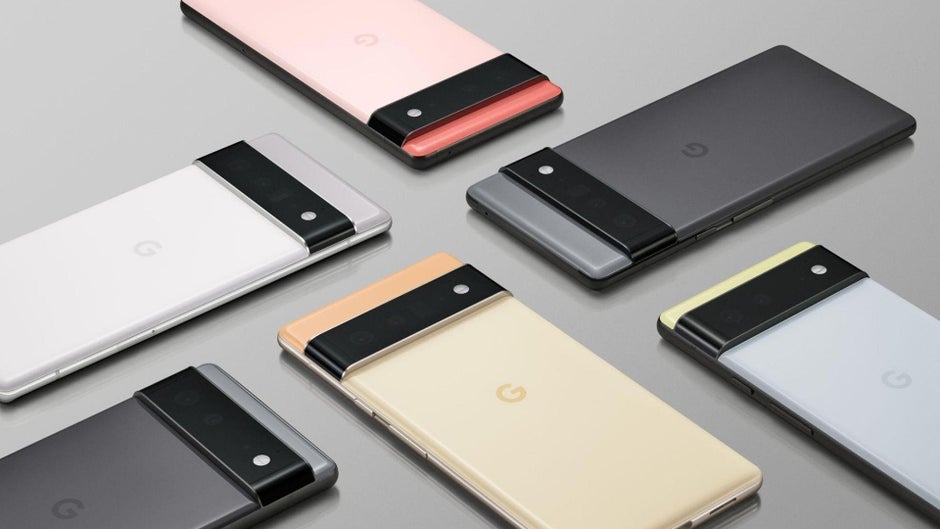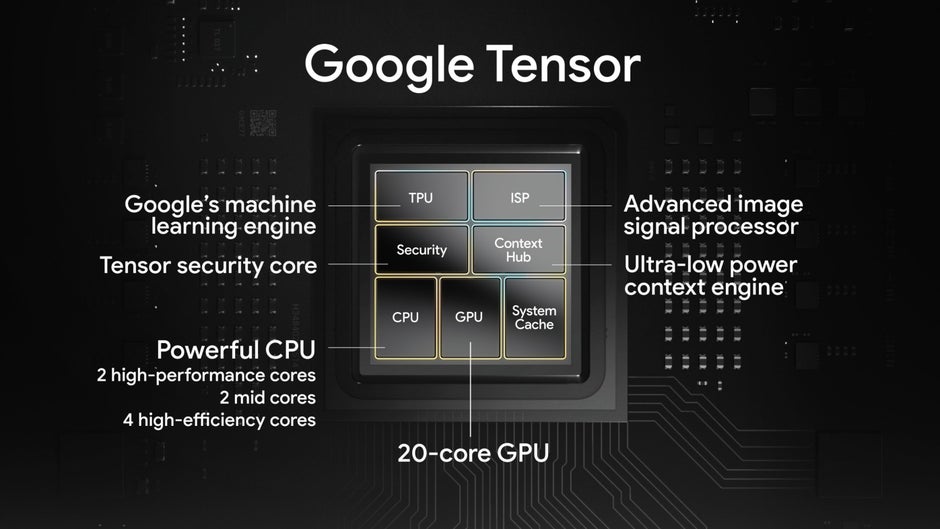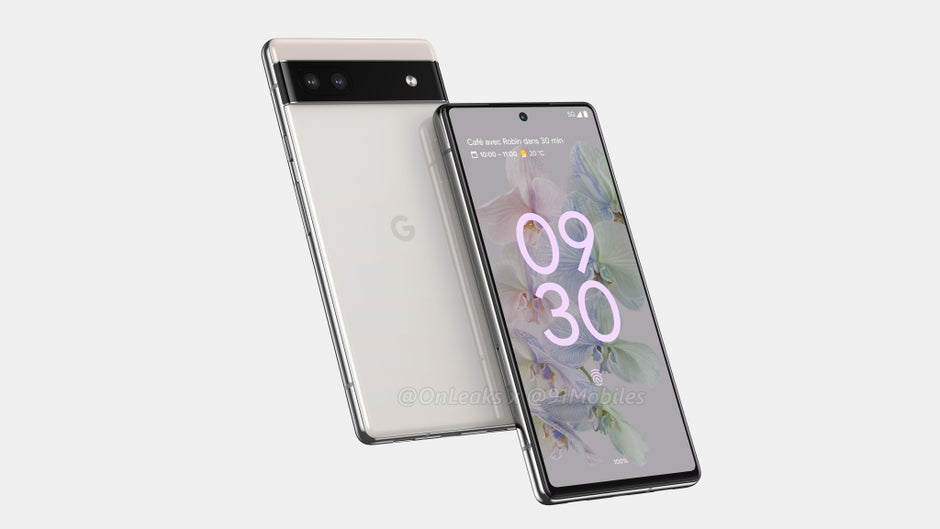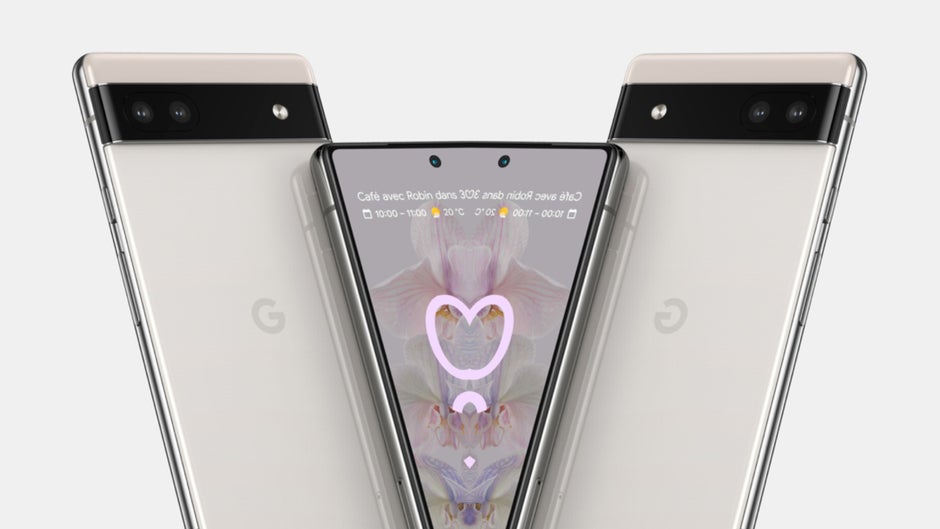It’s been only about four months since Google released the budget-friendly Pixel 5A. However, despite the fact that the Pixel 5A is a very solid mid-ranger, there was absolutely no way we could take it seriously since Google itself didn’t.
Google wants to sell flagship phones, but (most) people don’t want to buy them

As you know, the Pixel 6 and Pixel 6 Pro symbolize Google’s attempt to fight for flagship market share. This comes after a year of flagship hiatus with the mid-range-ish Pixel 4A and Pixel 5. And yes, Google technically used to make flagships prior to that, since all of the company’s flagships from the original Pixel up to the Pixel 4 ran on Qualcomm’s flagship chips, but they never really felt like true flagship contenders.With the freshly redesigned Pixel 6 and Pixel 6 Pro, which bring brand new camera systems and an updated Android 12, we can confidently say that Google wants to play! Or does it? Hold on…
Google’s mid-rangers are the company’s best-sellers
If we rewind the clock again for a moment, we’ll recall that not Google’s flagships but Google’s mid-range smartphones were the biggest commercial hits. Although data on Google’s sales and smartphone sales, in general, is scarce, reportedly, it took the budget-oriented Pixel 3A just about six months to outsell the Pixel 3 and Pixel 3XL.
Availability
Google Pixel 6A: A beast of a mid-ranger that might challenge some flagships

And with all of that background information, we now come to the Pixel 6A, which looks extremely promising. It literally does look promising because we’ve already seen it… kind of. The latest leaked renders show a mid-ranger almost identical to the Pixel 6 and even the Pixel 6 Pro, except the 6A is expected to boast a slightly smaller 6.2-inch screen instead of the 6.4-inch display on the Pixel 6 – a welcome “downgrade” if you ask me.
The similarities between the Pixel 6A and its bigger flagship siblings continue on the inside, as the 6A is expected to run on Google’s first custom SoC – Tensor. Remember, that’s the same chip that powers the $900 Pixel 6 Pro. To add to the shock, the Pixel 6A will use the same ultra-wide and selfie cameras like the $600 Pixel 6. For a “change”, the primary sensor on the back is said to be the 12MP Sony IMX 363 instead of Samsung’s GN1 found in the Pixel 6 and 6 Pro.
If this sensor name rings a bell, it’s because the IMX 363 is Google’s absolute favorite and most abused piece of hardware ever. It’s almost like Google has a Prime Sony subscription for the IMX 363 sensor, which so far was used in the Pixel 2, Pixel 3, Pixel 3A, Pixel 4, Pixel 4A, Pixel 5, and Pixel 5A. If we count the mid-rangers, the Pixel 6A would be the 8th generation of Google Pixel phones to feature the now ancient camera.
The great news is that Google will manage to squeeze every drop of life out of the IMX 363 thanks to the company’s unrivaled software processing and the powerful Tensor chip, so photos and videos should actually be more than good enough.
Google Pixel 6A: Will the (potentially) best mid-range Android phone ever ruin Google’s new flagship brand image?

Great! So what’s the problem? Well, here comes the Pixel 6A, which is shaping up to be a contender for the best mid-range phone of 2022. What do mid-range Android phones do? They sell much better than Android flagships. What do mid-range Google Pixel phones do? They sell much better than Google Pixel flagships. Which company just released an ambitious pair of flagships – Google.
Do you see where I’m coming from? Google put a ton of effort into marketing the Pixel 6 and 6 Pro as the Pixel phones to buy, but now the company is about to cement its reputation as a mid-range brand, thanks to an even better deal. Of course, the coin has two sides – ruling the mid-range market isn’t a bad place to be in, but I’m afraid the Pixel 6A might have that “Pixel 3A” effect for Google’s image that made the company seem like it’s not a serious flagship player.
Unsurprisingly only Apple and, to an extent, Samsung can get away with making both a great mid-ranger and a worthy flagship phone in the same year while keeping their image for premium phone-makers untouched. This is more true for Apple since iPhones have total domination in the flagship segment worldwide.
Google gives Apple a taste of its own medicine: But who will find the pill harder to swallow?
The original iPhone SE from 2016 came in an iPhone 5S body but packed the latest at the time A9 Apple SoC, from the flagship iPhone 6S series. Then, the 2020 iPhone SE came with Apple’s A13 Bionic processor, which was also found in the $1000 iPhone 11 Pro. Both SE models launched with a price tag of $399, which is significantly less compared to the $999 which is what one would have paid for Apple’s latest and greatest.
You can see how Google is trying to pull an Apple here – a flagship chip, a tested design, and a few compromises here and there. However, Apple (and Samsung) also seem to get the balance of features between mid-rangers and flagships right, and I’m not sure whether Google isn’t making the Pixel 6A “too good”.
Furthermore, on the software side of things, it only makes sense that Google will promise the same three years of software updates and five years of security patches for the 6A, as they did for the Pixel 6 and 6 Pro. This could be a huge selling point for the budget-friendly Pixel 6A, which might turn out to be usable for at least five years, thanks to its flagship Tensor chip and frequent software support.
In the end: Will Pixel 6A make Google a “mid-range” brand?

So, in the end, four factors will determine whether Google will establish itself as a mid-range company in 2022.
- Pixel 6A price
- Pixel 6A (release) timing
- Pixel 6A availability
- Pixel 6A sales
We don’t know when the Pixel 6A is expected to debut, but judging by the Pixel 4A and Pixel 5A, August 2022 is a safe bet for now. However, it won’t be shocking if Google decides to launch the Pixel 6A as soon as this spring. This way, it will go head-to-head with Apple’s supposed iPhone SE (2022), and it will leave enough breathing room for Google between the Pixel 6 and Pixel 7.
Availability will be absolutely crucial to the success of the Pixel 6A. If the phone is priced sensibly, Google might decide to bring the Pixel back to India, which can be the key to the budget Pixel revival and commercial success.
All in all, I’m glad the Pixel 6A is in the cards – it’s shaping up to be an easy phone to recommend to almost anyone (as long as it comes with a working in-display fingerprint reader). But again – will a successful Pixel 6A mean Google would have to trade its newly-established flagship ambitions for the mid-range Android crown? Is this a good idea? We’ll have to wait and see.
